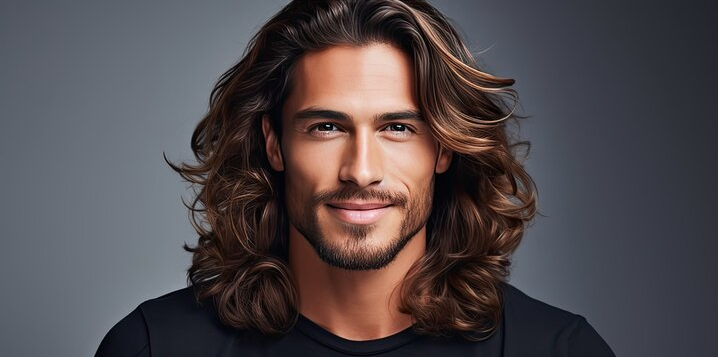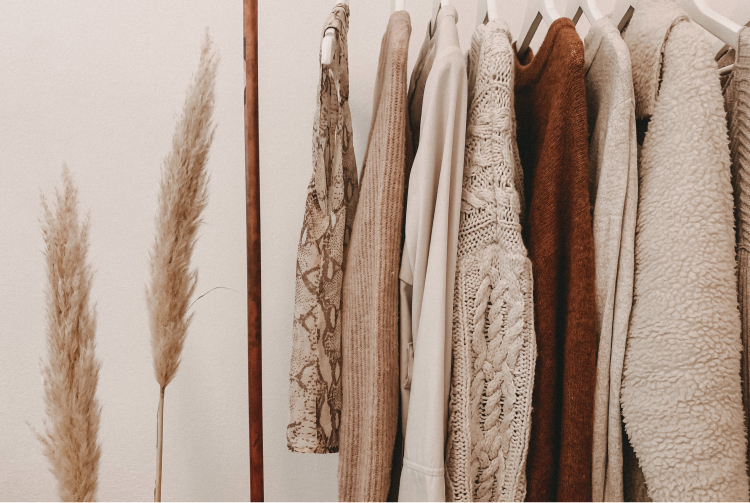If you’re a dog lover and looking for a unique and adorable breed, you may want to consider the Long Haired Dachshund. Known for their distinctive, flowing coats and playful personalities, Long Haired Dachshunds are not only charming in appearance but also have a rich history and endearing temperament. Whether you’re considering adopting one or simply curious about this lovely breed, you’ve come to the right place.
In this guide, we’ll dive deep into everything you need to know about Long Haired Dachshunds—from their physical characteristics and temperament to grooming needs and health considerations. Let’s take a closer look at what makes these dogs so special.
What is a Long Haired Dachshund?
A Long Haired Dachshund is one of three varieties of the Dachshund breed, alongside the Smooth and Wire Haired Dachshund. While all three varieties share the same basic traits, the Long Haired Dachshund is known for its beautiful, silky coat, which requires special care to maintain its luxurious appearance.
These dogs were originally bred in Germany to hunt small game like badgers, thanks to their long, slender bodies and sharp instincts. Over time, however, their role as companions has become just as important as their hunting abilities. The Long Haired Dachshund stands out due to its elegant coat, which gives it a somewhat regal appearance, unlike the other two varieties.
The Physical Characteristics of a Long Haired Dachshund
While the Long Haired Dachshund shares a similar body shape with its short-haired cousins, it is primarily distinguished by its long, flowing coat. Here’s a breakdown of what you can expect when it comes to their physical traits:
Coat and Appearance
The Long Haired Dachshund’s coat is the breed’s most striking feature. Its silky, flowing fur is longer than the short coat of the Smooth Dachshund, and it often has a slightly wavy texture. This coat can range in color, from rich reds and chocolates to more rare dapple patterns. The long, feathery hair around the ears, legs, and tail adds to its grace.
Though gorgeous, their coats require regular grooming to prevent tangles and mats, especially behind the ears, on the legs, and under the belly.
Size and Weight
The Long Haired Dachshund typically stands between 8 and 9 inches at the shoulder and weighs around 16 to 32 pounds, depending on whether they’re a standard or mini-sized variety. Despite their small size, they’re sturdy and robust dogs, and their long bodies contribute to their characteristic look.
Color Varieties
Long Haired Dachshunds come in a wide range of colors, including:
- Solid Colors: Red, cream, black, and chocolate
- Two-tone Colors: Black & tan, chocolate & tan
- Dapple Pattern: A mix of light and dark patches on the coat.
Temperament and Personality of Long Haired Dachshunds
When it comes to temperament, the Long Haired Dachshund is affectionate, alert, and independent. Like all Dachshunds, they have a bold and confident nature despite their small size. However, each individual dog may have slight differences in temperament based on their upbringing and socialization.
Affectionate and Loyal
Long Haired Dachshunds are known for forming strong bonds with their families. They are loyal companions and enjoy being around their human family members. They can be a bit aloof with strangers, but once they get to know someone, they are affectionate and loving.
Curious and Playful
These little dogs are playful, curious, and have a tendency to dig and explore. If you’re looking for a dog that enjoys activities, the Long Haired Dachshund will keep you on your toes. They can be fun and lively but are also happy to curl up next to you after a busy day.
Stubborn but Intelligent
Long Haired Dachshunds are intelligent dogs, but they also have an independent streak. This can make training them a bit challenging at times, as they may not always follow commands immediately. Patience and consistency are key to successfully training a Long Haired Dachshund.
Grooming and Care for a Long Haired Dachshund
The most important aspect of caring for a Long Haired Dachshund is maintaining its beautiful coat. Here’s everything you need to know about grooming these stunning dogs:
Brushing
Regular brushing is crucial for a Long Haired Dachshund. Their coat can become matted and tangled if not cared for properly. Aim to brush your Dachshund’s coat at least 2-3 times a week to keep it smooth and free from mats. If you can, use a slicker brush and comb through the fur gently to avoid damaging it.
Bathing
Dachshunds don’t require frequent baths—once every 4-6 weeks is typically enough unless they get especially dirty. Use a mild dog shampoo to keep their coat shiny and healthy, and always dry them thoroughly afterward.
Ear and Nail Care
Because Long Haired Dachshunds have long ears, they are more prone to ear infections. Make sure to clean their ears regularly and check for signs of infection. Additionally, trim their nails regularly to prevent overgrowth and discomfort.
Professional Grooming
If you’re not up for the task of grooming your Long Haired Dachshund yourself, you can always take them to a professional groomer. Some owners prefer to have their dogs professionally groomed every 6 to 8 weeks, especially if they don’t have the time to maintain the coat on their own.
Health and Longevity of Long Haired Dachshunds
Like all breeds, the Long Haired Dachshund can be prone to certain health issues. However, they are generally a healthy and hearty breed with a lifespan of around 12-16 years if well-cared-for.
Common Health Issues
Some of the health concerns you should be aware of include:
- Intervertebral Disc Disease (IVDD): Due to their long backs, Dachshunds are prone to spinal issues, including IVDD, which can cause pain or even paralysis.
- Obesity: Because of their small size and love for food, Dachshunds can easily become overweight. Proper diet and exercise are crucial to their health.
- Dental Issues: Like many small dogs, Long Haired Dachshunds can have dental problems. Regular dental check-ups and brushing are important.
Preventive Care
Regular vet visits, a balanced diet, and daily exercise will help prevent many health issues. Make sure to monitor their weight and avoid overfeeding, as obesity can exacerbate spinal problems.
Training a Long Haired Dachshund
Training a Long Haired Dachshund requires patience and consistency. These dogs are intelligent but can be a bit stubborn. Here are some tips for success:
House Training
Start house training your Long Haired Dachshund early. They are generally clean dogs, but it may take some time to learn where they’re supposed to go. Consistent potty breaks and praise for doing the right thing will go a long way.
Basic Commands
Long Haired Dachshunds are quick learners but can be a bit independent. Use positive reinforcement methods like treats and praise to encourage them. Common commands like “sit,” “stay,” and “come” should be taught early to make life easier for both you and your dog.
Socialization
Early socialization is crucial for Long Haired Dachshunds. Expose them to different environments, people, and other dogs to prevent behavioral issues like excessive barking or aggression toward strangers.
Is a Long Haired Dachshund Right for You?
Long Haired Dachshunds are wonderful companions for the right family. Their friendly, loyal nature and striking looks make them a popular choice, but they do require maintenance, especially when it comes to grooming and training.
If you have the time to dedicate to their care, and you’re ready to embrace their independent streak, a Long Haired Dachshund can be an amazing addition to your home.
FAQs About Long Haired Dachshunds
Q1: How often should I groom my Long Haired Dachshund?
A: You should brush your Long Haired Dachshund at least 2-3 times a week to prevent mats and tangles. Regular ear cleaning and nail trimming are also important.
Q2: Are Long Haired Dachshunds good with children?
A: Yes, Long Haired Dachshunds are generally good with children. They are playful and affectionate but should be supervised with younger kids due to their small size.
Q3: Do Long Haired Dachshunds shed a lot?
A: Yes, they do shed, though their shedding is lighter compared to some other breeds. Regular grooming helps control shedding.
Welcome to our blog We encourage you to get in touch Contact us



